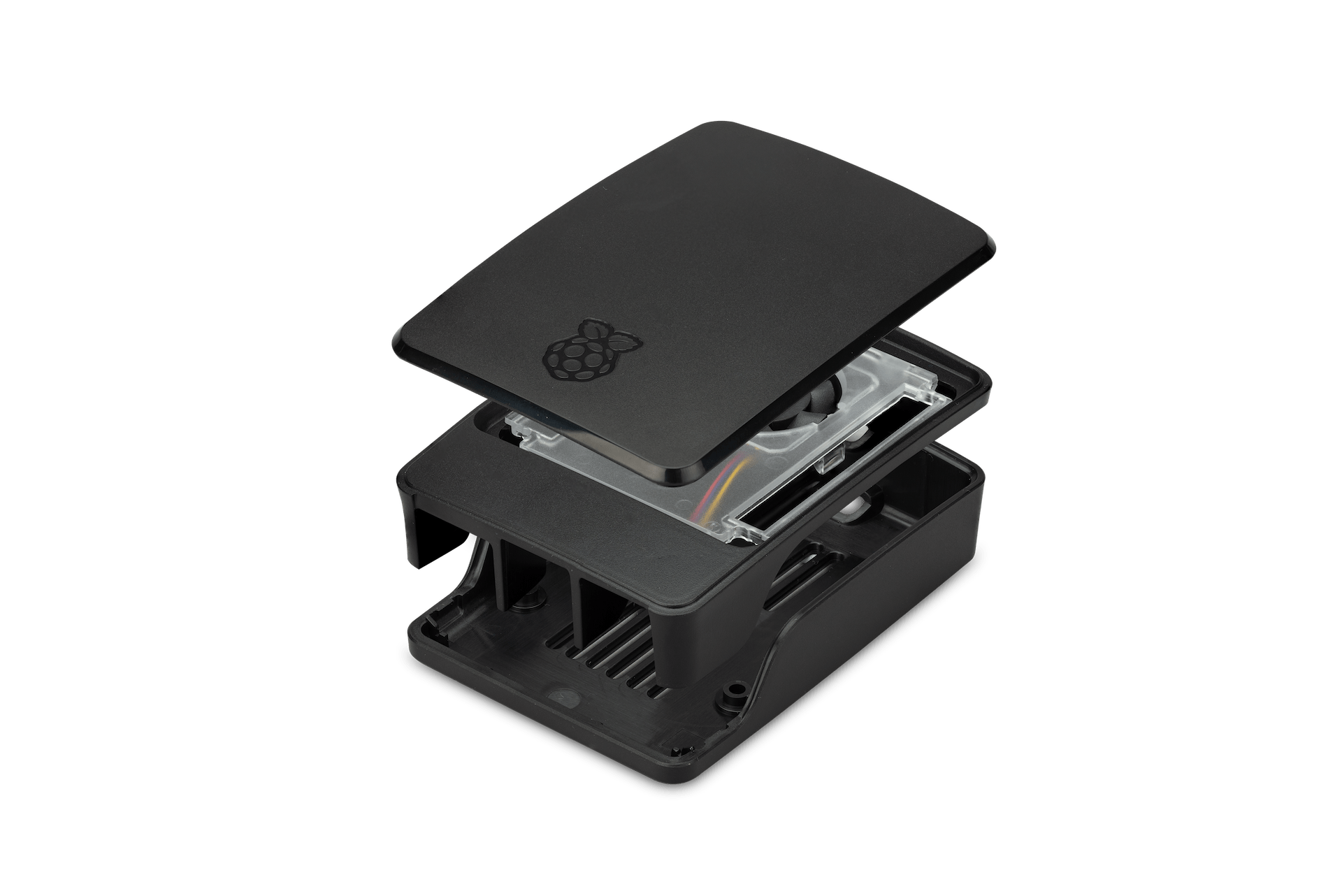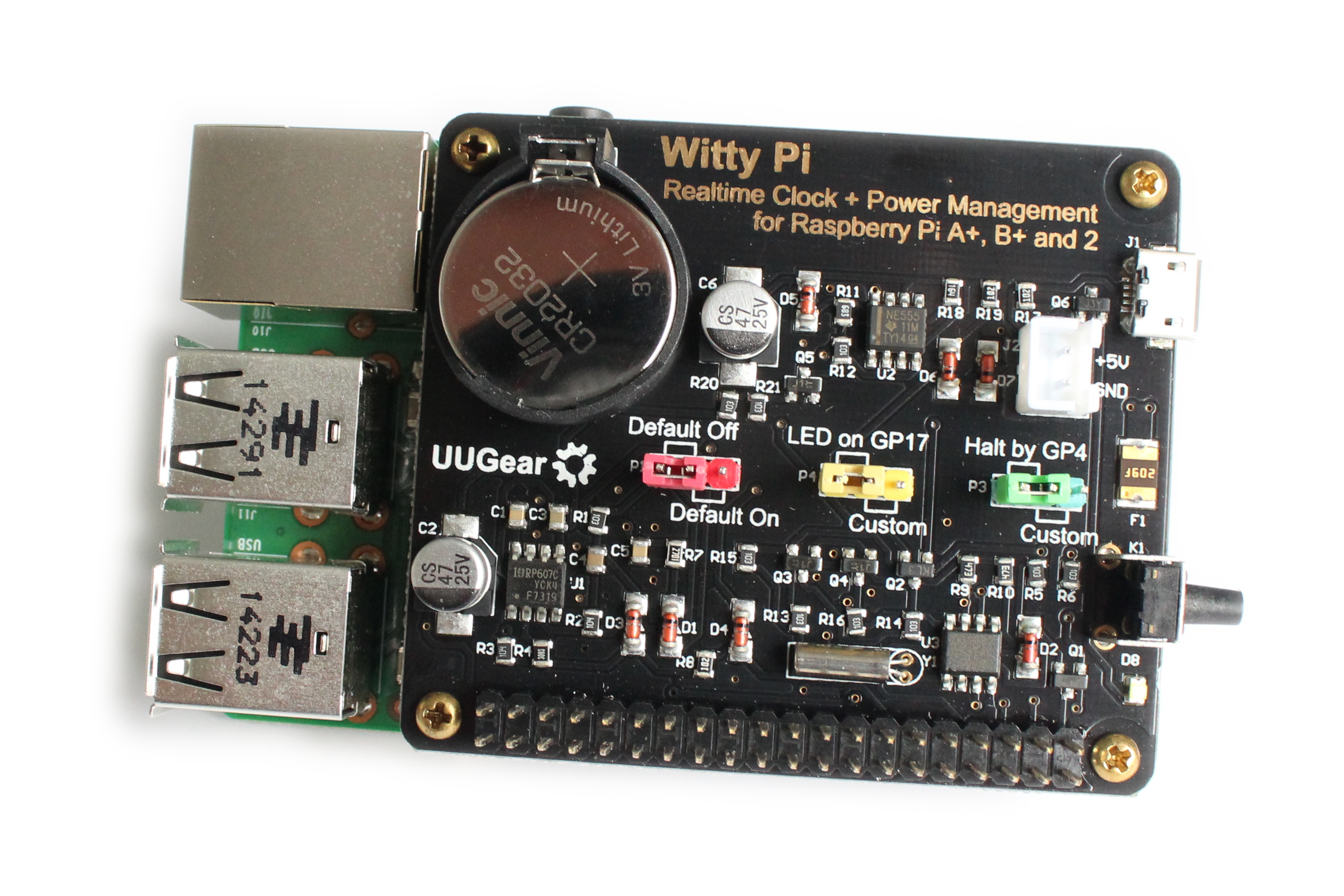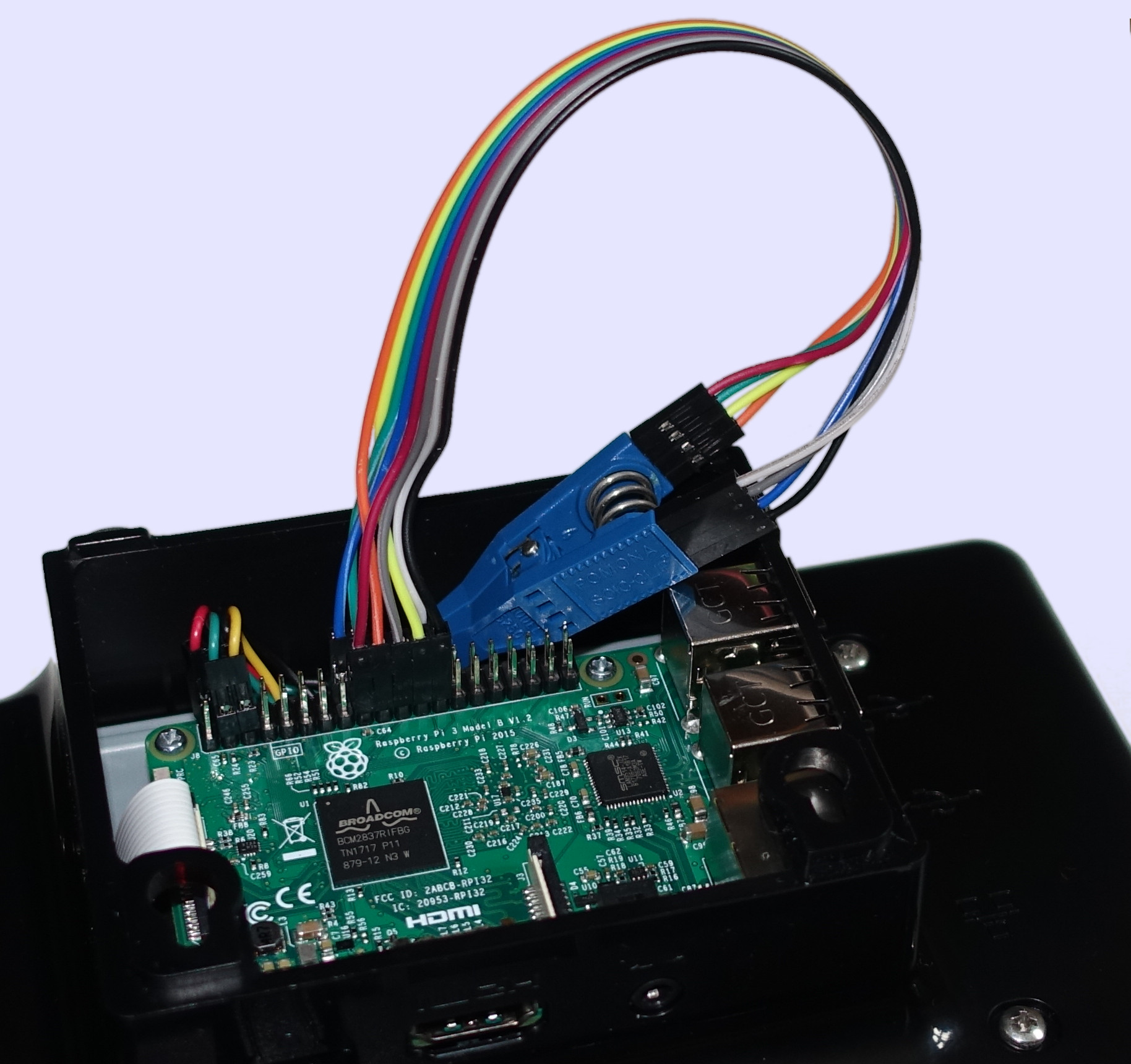In today's rapidly evolving technological landscape, remote IoT management platforms are becoming increasingly vital for businesses and individuals alike. As the Internet of Things (IoT) continues to expand, the need for efficient, cost-effective, and scalable solutions is more critical than ever. Among the many tools available, Raspberry Pi stands out as a versatile and affordable platform for managing IoT devices remotely. In this article, we'll explore how the RemoteIoT management platform can be seamlessly integrated with Raspberry Pi to create a robust and reliable system.
The rise of IoT has transformed industries by enabling smarter and more connected devices. However, managing these devices remotely presents unique challenges, including security concerns, scalability, and ease of use. A well-designed remote IoT management platform can address these issues while offering users unprecedented control over their IoT ecosystems.
Whether you're a developer, a hobbyist, or a business owner, understanding the intricacies of remote IoT management with Raspberry Pi can unlock new possibilities for innovation and efficiency. This guide will provide you with everything you need to know to get started, from setting up your Raspberry Pi to deploying advanced IoT applications.
Read also:Bollyflix Bollywood The Ultimate Guide To Streaming Bollywood Movies
Table of Contents
- Introduction to RemoteIoT Management Platform
- Raspberry Pi: An Overview
- Benefits of RemoteIoT Management with Raspberry Pi
- Setting Up Raspberry Pi for IoT
- Security Considerations in RemoteIoT Management
- Scalability and Performance Optimization
- Essential Tools and Software for RemoteIoT Management
- Real-World Applications of RemoteIoT Management
- Troubleshooting Common Issues
- The Future of RemoteIoT Management with Raspberry Pi
Introduction to RemoteIoT Management Platform
A RemoteIoT management platform is designed to provide users with comprehensive control over their IoT devices from anywhere in the world. This platform allows for real-time monitoring, configuration, and troubleshooting of IoT devices, making it an invaluable tool for both personal and commercial use. By leveraging Raspberry Pi as the central hub, users can build a cost-effective and highly customizable IoT management system.
Key Features of RemoteIoT Management
Some of the standout features of a remote IoT management platform include:
- Real-time data visualization and analytics
- Centralized device management
- Automated updates and maintenance
- Robust security protocols
These features ensure that users can efficiently manage their IoT ecosystem while minimizing downtime and maximizing performance.
Raspberry Pi: An Overview
Raspberry Pi is a small, single-board computer that has gained immense popularity due to its affordability, versatility, and ease of use. Developed by the Raspberry Pi Foundation, this device has become a favorite among developers, educators, and hobbyists alike. Its compact size and low power consumption make it an ideal choice for IoT applications.
Why Choose Raspberry Pi for IoT?
Raspberry Pi offers several advantages for IoT projects:
- Cost-effective hardware
- Wide range of compatible software and tools
- Active and supportive community
- Highly customizable and scalable
These benefits make Raspberry Pi an excellent platform for building and managing IoT devices remotely.
Read also:Mkv Movies In Your Ultimate Guide To Highquality Movies In Mkv Format
Benefits of RemoteIoT Management with Raspberry Pi
Integrating a remote IoT management platform with Raspberry Pi provides numerous advantages, including:
- Enhanced scalability: Easily add or remove devices from your IoT network without downtime.
- Improved security: Implement advanced security measures to protect your IoT devices from unauthorized access.
- Cost savings: Reduce operational costs by automating routine tasks and minimizing the need for physical intervention.
- Increased efficiency: Streamline device management and data analysis with centralized control.
By leveraging these benefits, users can create a more efficient and secure IoT ecosystem.
Setting Up Raspberry Pi for IoT
Before you can start managing IoT devices remotely, you'll need to set up your Raspberry Pi. Here's a step-by-step guide to help you get started:
Hardware Requirements
- Raspberry Pi board (any model will work, but Pi 4 is recommended for better performance)
- MicroSD card (minimum 16GB)
- Power adapter
- Wi-Fi or Ethernet connection
Software Setup
1. Download and install Raspberry Pi OS from the official website.
2. Use a tool like BalenaEtcher to flash the OS image onto your MicroSD card.
3. Insert the MicroSD card into your Raspberry Pi and power it on.
4. Connect to your Wi-Fi network and configure basic settings.
Security Considerations in RemoteIoT Management
Security is a critical concern when managing IoT devices remotely. To ensure the safety and integrity of your IoT ecosystem, consider implementing the following measures:
- Use strong, unique passwords for all devices and accounts.
- Enable two-factor authentication (2FA) wherever possible.
- Regularly update firmware and software to patch vulnerabilities.
- Implement firewalls and intrusion detection systems.
By taking these precautions, you can significantly reduce the risk of unauthorized access and data breaches.
Scalability and Performance Optimization
As your IoT network grows, it's essential to optimize performance and ensure scalability. Here are some tips to help you achieve this:
- Use lightweight software and tools to minimize resource usage.
- Implement load balancing to distribute traffic evenly across devices.
- Monitor system performance regularly and make adjustments as needed.
- Plan for future expansion by choosing scalable hardware and software solutions.
By focusing on scalability and performance, you can maintain a healthy and efficient IoT ecosystem.
Essential Tools and Software for RemoteIoT Management
Several tools and software solutions can enhance your remote IoT management capabilities:
- MQTT: A lightweight messaging protocol ideal for IoT applications.
- Node-RED: A visual programming tool for wiring together hardware devices and APIs.
- InfluxDB: A time-series database for storing and analyzing IoT data.
- Grafana: A data visualization platform for creating dashboards and monitoring IoT devices.
These tools can help streamline your IoT management processes and improve overall efficiency.
Real-World Applications of RemoteIoT Management
Remote IoT management with Raspberry Pi has numerous real-world applications across various industries:
- Smart home automation: Control lighting, heating, and security systems remotely.
- Agriculture: Monitor soil moisture, temperature, and other environmental factors to optimize crop growth.
- Healthcare: Track patient vital signs and manage medical devices in real-time.
- Manufacturing: Monitor production lines and equipment performance to improve efficiency.
These applications demonstrate the versatility and potential of remote IoT management platforms.
Troubleshooting Common Issues
Even with the best-laid plans, issues can arise when managing IoT devices remotely. Here are some common problems and their solutions:
- Connection issues: Check network settings and ensure all devices are properly configured.
- Data loss: Regularly back up important data and implement redundancy measures.
- Device malfunctions: Restart devices and update firmware to resolve issues.
By addressing these issues promptly, you can maintain a stable and reliable IoT ecosystem.
The Future of RemoteIoT Management with Raspberry Pi
As technology continues to evolve, the future of remote IoT management with Raspberry Pi looks bright. Advances in AI, machine learning, and edge computing are opening up new possibilities for innovation and efficiency. By staying informed and adapting to these changes, users can continue to push the boundaries of what's possible with IoT.
In conclusion, remote IoT management platforms integrated with Raspberry Pi offer a powerful and flexible solution for managing IoT devices. By understanding the key features, benefits, and best practices outlined in this guide, you can create a robust and secure IoT ecosystem that meets your needs today and in the future.
Conclusion
To recap, remote IoT management with Raspberry Pi provides numerous advantages, including enhanced scalability, improved security, and increased efficiency. By following the steps and tips outlined in this article, you can successfully set up and manage your IoT devices remotely.
We encourage you to take action by trying out some of the tools and techniques discussed here. Don't forget to share your experiences and insights in the comments section below. Additionally, feel free to explore other articles on our site for more information on IoT and related technologies.
References:
- https://www.raspberrypi.org/
- https://mqtt.org/
- https://nodered.org/
- https://www.influxdata.com/
- https://grafana.com/


